Is it a price war or just a skirmish? In personal care and household there is little doubt about the answer to that question. War is raging and has been for two years. Just ask McBride.
Today the own-label personal care and household manufacturer announced a major restructuring programme that could result in 400 job cuts. It hopes to save £12m a year by scaling back its UK operations and focusing on higher margin business.
McBride has been forced to take action because of falling sales and squeezed margins. It has repeatedly blamed poor performance on an increasingly intense promotional environment.
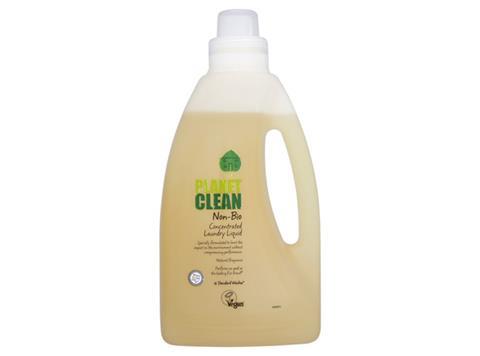
It sounds like a case of a struggling business searching for something to blame. It makes little sense for the industry to be investing more heavily in promotions for most household or personal care products. They are not ‘expandable categories’. Whereas a promotion on biscuits or strawberries may encourage the consumer to buy and then come back for more, a buy one get one free deal on loo roll or washing powder is hardly likely to persuade consumers to buy more.
However, the data would suggest otherwise. Household and personal care really has gone promotion mad. Recent analysis by BrandView.com indicates that the number of household promotions from the big manufacturers have skyrocketed in recent years. Unilever ran 18 deals in 2010 compared with 43 in 2013, P&G ran 20 in 2010 compared with 34 in 2013 and Reckitt 53 in 2010 compared with 72 in 2013, it said.
The Grocer Price Index shows a similar story. Whereas average post-promotional prices across categories are 16.3% ahead of where they were in 2008, household prices are 9.6% higher and health and beauty prices are just 3% higher. Over the past year, health and beauty prices have started to recover climbing 0.8%, but household prices are down 2.4%.
The data is pointing to an increasingly competitive and promotional market, but that doesn’t explain why it is happening. When it is only likely to depress the value of the market, why are brands and retailers investing so heavily in price?
Industry insiders say it is partly a case of too many brands chasing too few customers. Retailers are also using the category to drive footfall and have started running autumn clean campaigns, as well as bigger spring clean events. The high price points in the categories mean retailers can advertise some jaw-dropping deals and point to price differences with rivals that run into pounds rather than pence.
For McBride higher numbers of branded promotions are hard to compete against. It operates in categories where consumers still don’t fully trust own label and will go for brands unless the price gap to own label is enough of a draw.
With the price competition between the supermarkets intensifying, life isn’t going to get any easier for McBride, in the UK at least. Time to invest more heavily in its better performing international business.



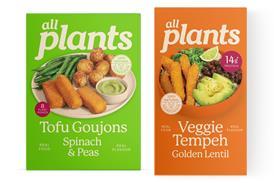



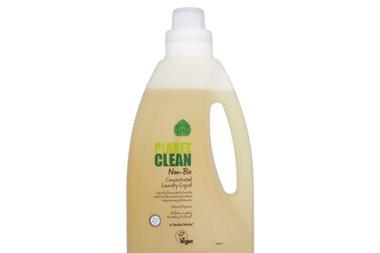

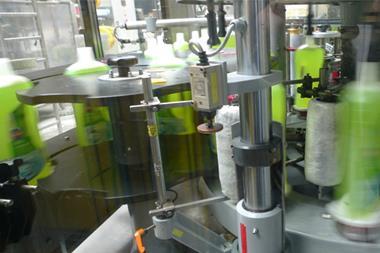

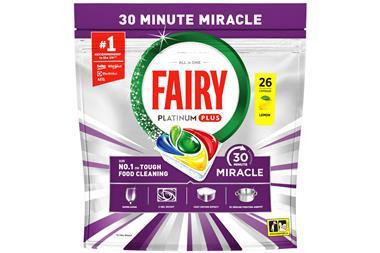
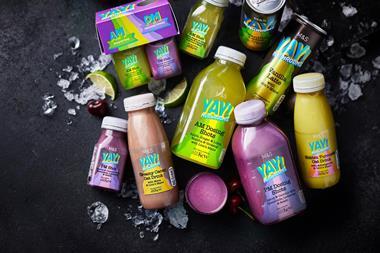






No comments yet